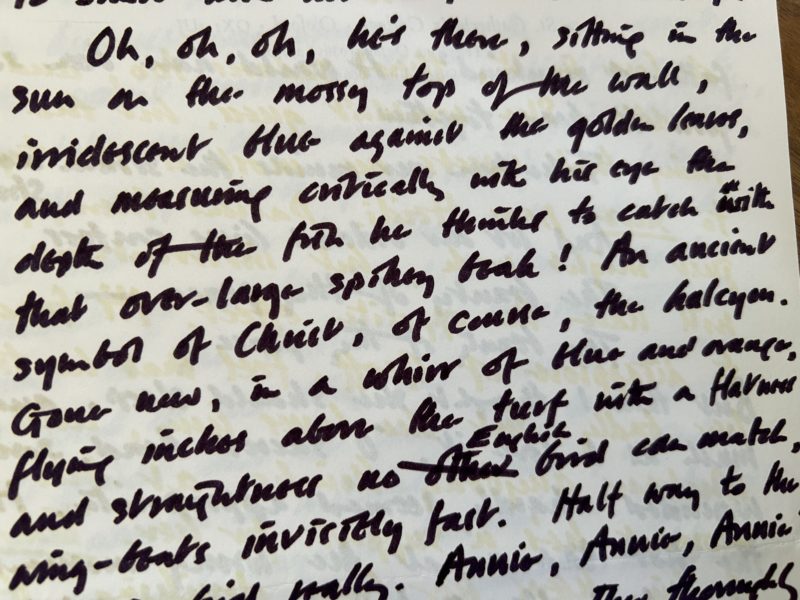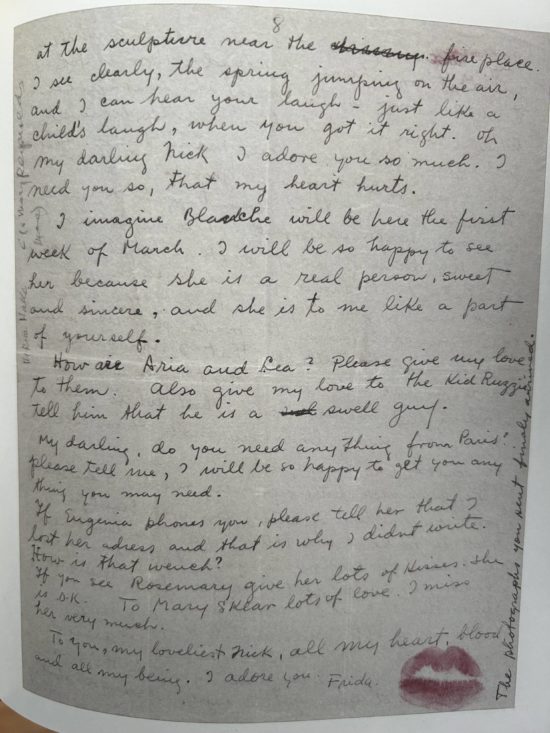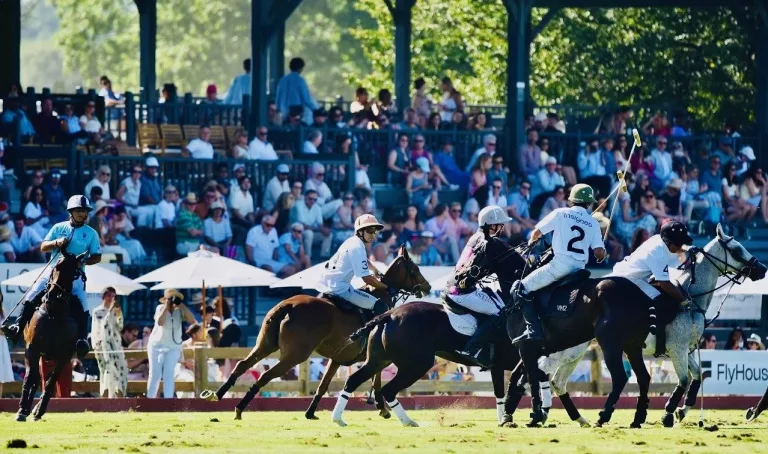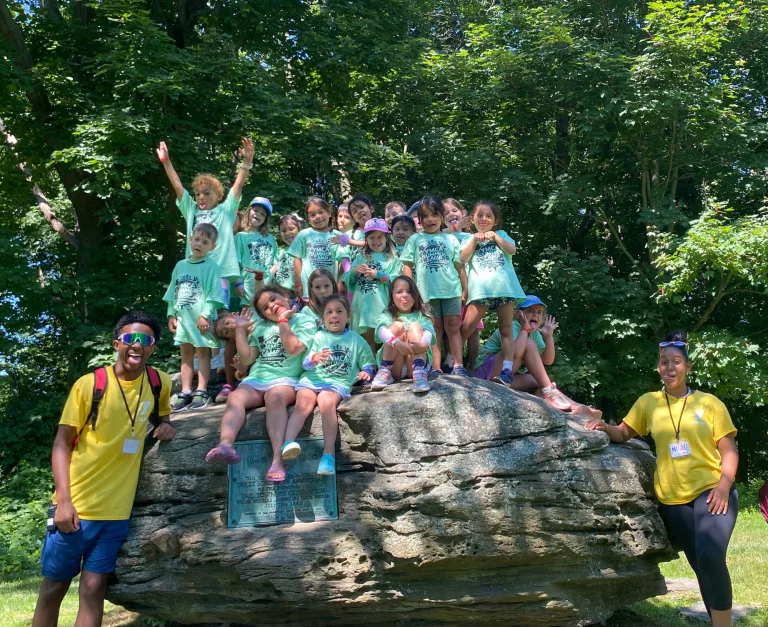
Column: On my Watch
By Anne W. Semmes
On this eve of Saint Valentine’s Day I’ve been rereading a stack of love letters dating back years ago from an Englishman and I’ve been marveling at what I perceive to be a lost art, handwritten letters. They are written in bold, often forward-slanting calligraphy, the words flowing across the page in fluid black ink. What these love letters are written on doesn’t seem to matter – a postcard, the back of another letter – it’s that handwritten calligraphy in flowing ink that is expressing love.
I was told by this now passed Englishman he had taught himself this calligraphy, but since he was a professor of English literature, he surely had a lot of examples to choose from. But I can imagine he wasn’t impressed by my rounded print writing, though I did come from a family that had passable script writers.
I’ve also been told that handwriting is not much taught in elementary school these days. And then there’s this sad age of email! So, I want to share, based on my cache of these love letters, just how three dimensional a handwritten love letter can be!
These letters capture feelings, describe what love felt like, often quote poetry, and describe a sense of place, a sharing of things seen that connect often with the loved one. And because this Englishman was such a master of the art of love letter writing, I wish to, in his eternal absence, share some snippets to best describe what I consider as that lost art.
Early on in the romance he shows his penchant for nature. In one letter he writes, “My mind is humming with love for you. I am happy. It is dusk. The duck is in the tree. She thinks it is spring. So do I. I love you.” He tells of a local storekeeper “unable to take down his Christmas-tree because of a blackbird nest with young birds in it!” In another letter he writes, “The green woodpecker on the lawn looks charming and comical with his spiky beak and bright red cap jerking up and down as he picks off ants.”
Regarding these nature-noted love letters, in my view it’s a sad fact that young and older American men know less about birds, flowers, and trees than English men do, young and older.
Nature steps in again with this letter, “It seems to me, Annie love. That I have influenced your life profoundly. I have converted you to buddleias…and at this moment in my buddleias there’s a pair of charming long-tailed Tits [birds] like extended chickadees, pink in the sunshine, and so cheerful and nice, with their flop-tailed movements.” He ends with “I love you. You thought I’d forgotten. No, I never forget. It’s always with me, as the great central certainty of my life.”
As we were often separated by the Pond the intensity would increase in the love letters, as seen in a journal he kept. In “Day One,” he writes “Not sure what Journals are, to tell you the truth. To tell who the truth? Why us…we two who are one (no marks for guessing that was [John} Donne – the us who walked up that hill only yesterday, impelled, attuned, at-oned, my love.” On “Day Eight” of our separation, he wonders, “Has Annie still got the leaf I took from her hair? The tenderness of that memory makes me want to cry with joy (and yearning) – joy most though.”
That referring to poetry would crop up so often as with this, “My best strategy has been to tell myself you’re not really going away, you’re on a round trip…[John] Donne would be proud of me – or [Andrew] Marvell (remind me to read you the Definition of Love, it’s not about us, but its special): ‘My love is of a birth as rare/ As ‘tis for object strange and high; it was begotten by despair/ Upon impossibility!’”
But perhaps a prize-winning love letter was this one beginning, “You were not meant, Annie love, Annie love, to lead a loveless life./ You were not made, Annie love, for the heart to be ruled by the head./ Close your eyes, Annie love, Annie love, feel my lips upon yours,/ Love, Annie love, is absolute./ Joy, Annie love, is absolute./ Truth, Annie love, is absolute./ All else is compromise.”
Curious I was to read a compilation of love letters to investigate this. Was there a written history of love letters in this country? Was there such a thing as a letter museum? I discovered only one such book that I secured, “With Love- Artists’ Letters and Illustrated Notes” published from the Archives of American Art at the Smithsonian Institution.
In the introduction, Lisa Kerwin, curator of manuscripts, writes “Emotionally charged and highly evocative, a love letter was the next best thing to being with the person.” Yes, that is my experience. “When Mexican surrealist Frida Kahlo received a letter from her lover Nicholas Murray, she wrote, “Your words made me feel so close to you that I can feel near me your eyes – your hands -your lips. I can hear your voice and your laugh.” And added at the end was her lipstick kiss.
In 1896, Harry Payne Whitney was courting his to-be wife Gertrude Vanderbilt. “Oh, Gertrude, Dear…I love you & want you & need you & only you more & more all the time…Why even in what I always thought my own best qualities, straight forwardness, frankness & loyalty, you are far ahead of me…God gave it all to you.”
New Yorker caricaturist Al Frueh made me smile with his quirky straight up cursive love letters (200 or more) to his fiancé, Giuliette Fanciulli. “If I could come by telegraph, I would be with you in a few minutes but my darling, reason must as it always should gain the day over blind desire.”
Lastly, here’s an excerpt from a 10-page letter from architect Eero Saarinen to his to-be wife, Aline Bernstein, art editor and critic at the New York Times. His writing is neatly small, all in capital letters with his letter interspersed with architectural drawings. Referring to one he writes, “The thing I liked most about the monument was that it was a beautiful result of you and I being together – the funny thing about it is that it proves your point in your article so much – that I translate everything into architecture.”






